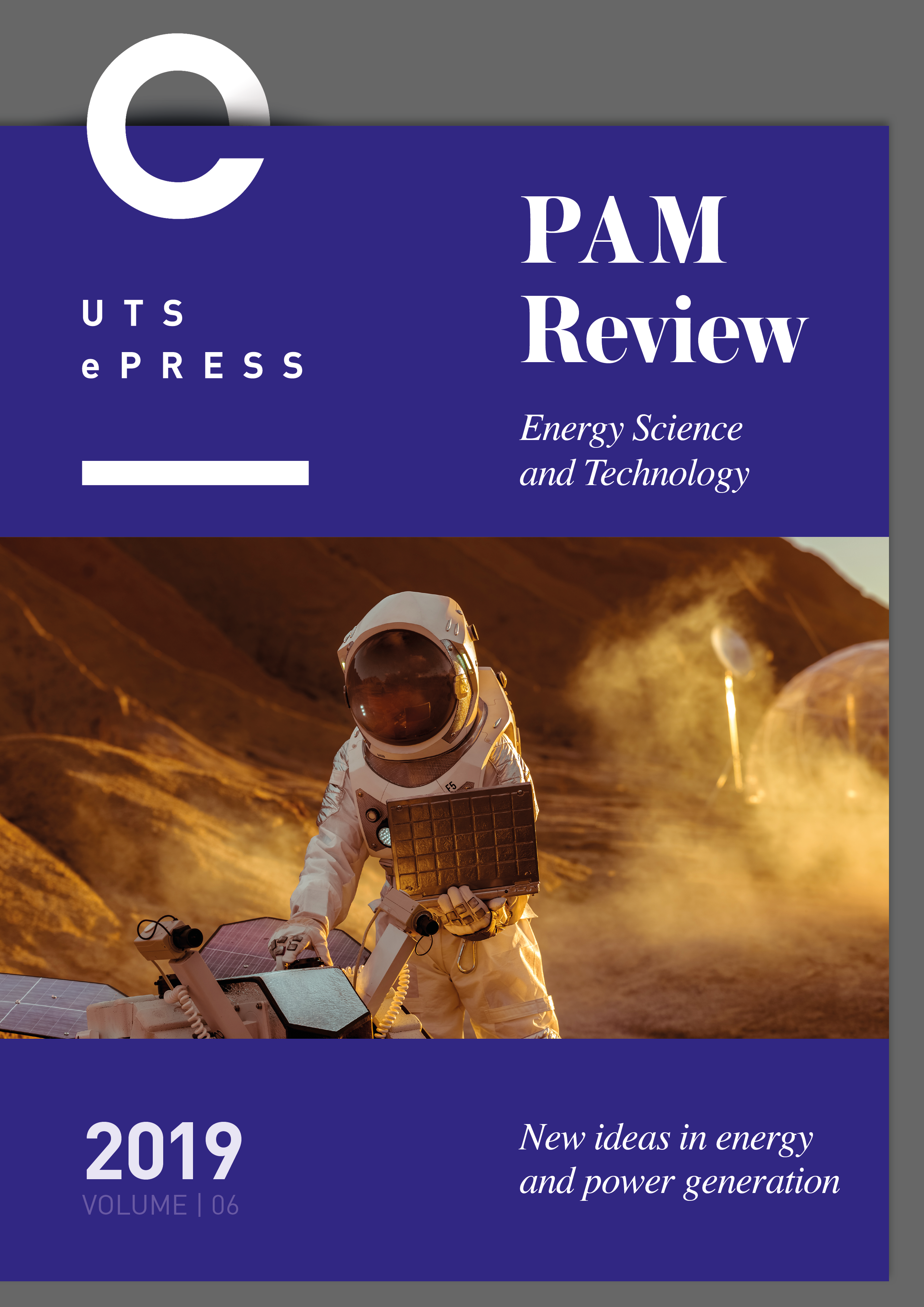A comparative analysis of waste heat recovery systems in vehicles and their viability in real-world applications
Main Article Content
Abstract
In motor vehicles, an average of 60-70% of the overall fuel energy is dissipated primarily through the heated exhaust gases and engine coolant, which accounts for 90% of an engine’s thermal output. The fuel efficiency and environment impact of vehicles can therefore be improved by implementation of systems designed to recover this wasted energy. This meta- study explores the current methods for waste heat recovery (WHR) currently in production and research phases. A comparison is also made between the thermodynamic viability of each proposed system, from which future strategies to maximise the efficiency of WHR systems can be obtained. These include the use of the organic Rankine cycle (ORC), thermoelectric generators (TEG), and regenerative braking. The purpose of this paper is to analyse the current state of research for waste heat recovery in vehicles and therefore provide a basis for further research and investigation. The results indicate a promising future for further study of ORCs in the field of WHR for internal combustion engines (ICE) in vehicles. This is due to the various design opportunities that ORCs offer, including multiple loop configurations, different working fluids and integration of thermal energy storage devices. Current research for TEGs indicate a high cost to efficiency ratio for the materials required for production, meaning that TEGs are not as viable of a solution for WHR in vehicles relative to ORCs. This paper concludes that a fuel savings of 8-19% can be achieved through the integration of multiple energy recovery systems.
Keywords: Waste Heat Recovery; Vehicles; Thermodynamics; Organic Rankine Cycle; Thermoelectric Generators; Regenerative Braking; Exergy
Article Details
Issue
Section
Authors who publish with this journal agree to the following terms:
a) Authors retain copyright and grant the journal right of first publication with the work simultaneously licensed under a Creative Commons Attribution License that allows others to share and adapt the work with an acknowledgement of the work's authorship and initial publication in this journal.
b) Authors are able to enter into separate, additional contractual arrangements for the non-exclusive distribution of the journal's published version of the work (e.g., post it to an institutional repository or publish it in a book), with an acknowledgement of its initial publication in this journal.
c) Authors are permitted and encouraged to post their work online (e.g., in institutional repositories or on their website) prior to and during the submission process, as it can lead to productive exchanges, as well as earlier and greater citation of published work (See The Open Access Citation Advantage Service). Where authors include such a work in an institutional repository or on their website (ie. a copy of a work which has been published in a UTS ePRESS journal, or a pre-print or post-print version of that work), we request that they include a statement that acknowledges the UTS ePRESS publication including the name of the journal, the volume number and a web-link to the journal item.
d) Authors should be aware that the Creative Commons Attribution (CC-BY) License permits readers to share (copy and redistribute the work in any medium or format) and adapt (remix, transform, and build upon the work) for any purpose, even commercially, provided they also give appropriate credit to the work, provide a link to the license, and indicate if changes were made. They may do these things in any reasonable manner, but not in any way that suggests you or your publisher endorses their use.
